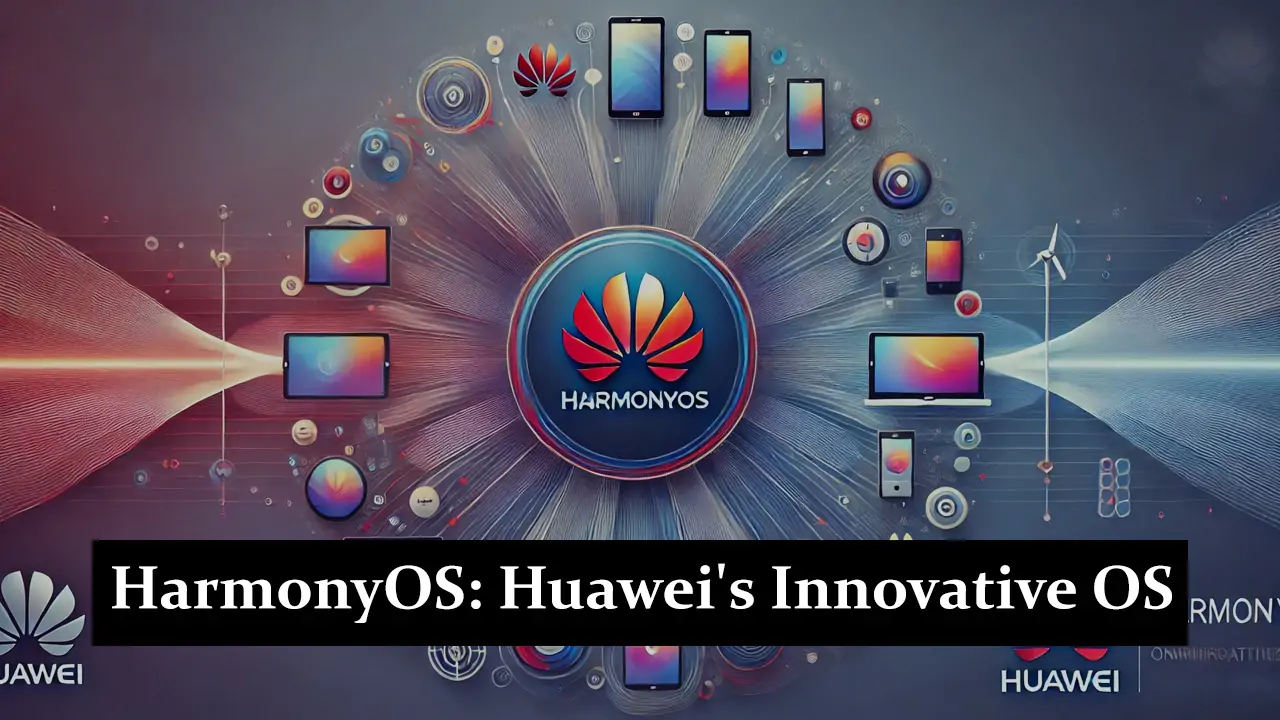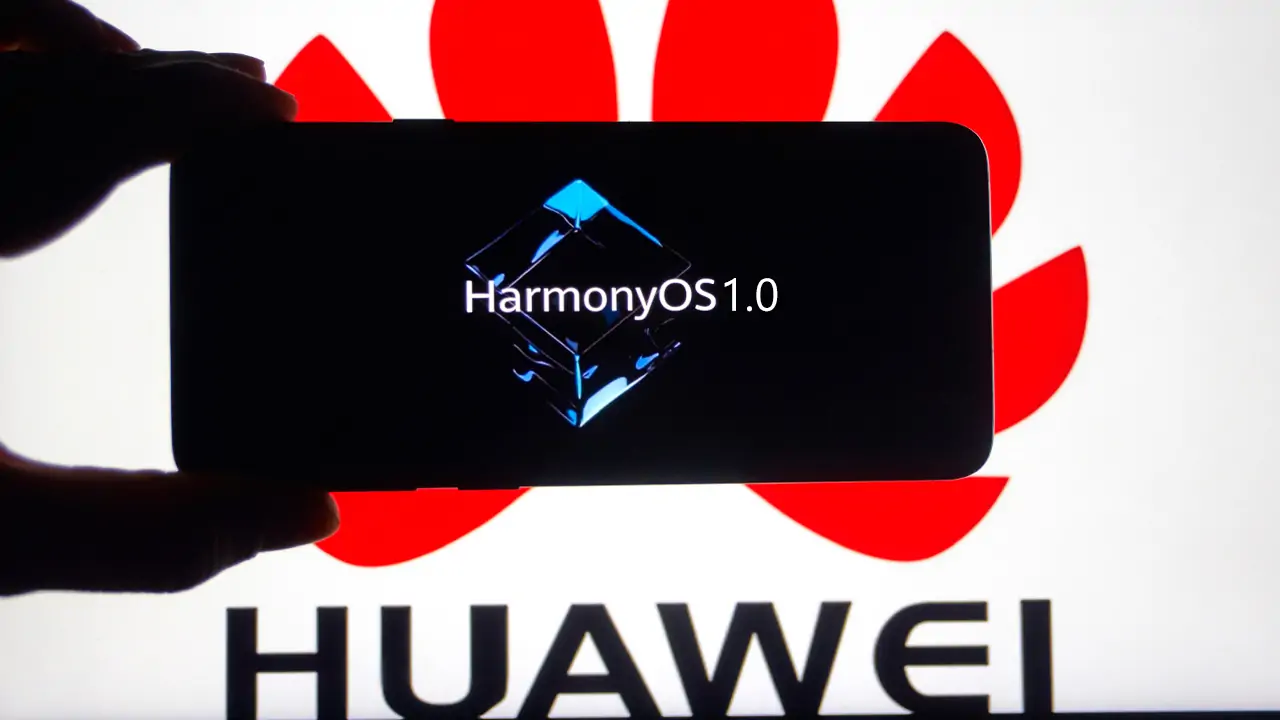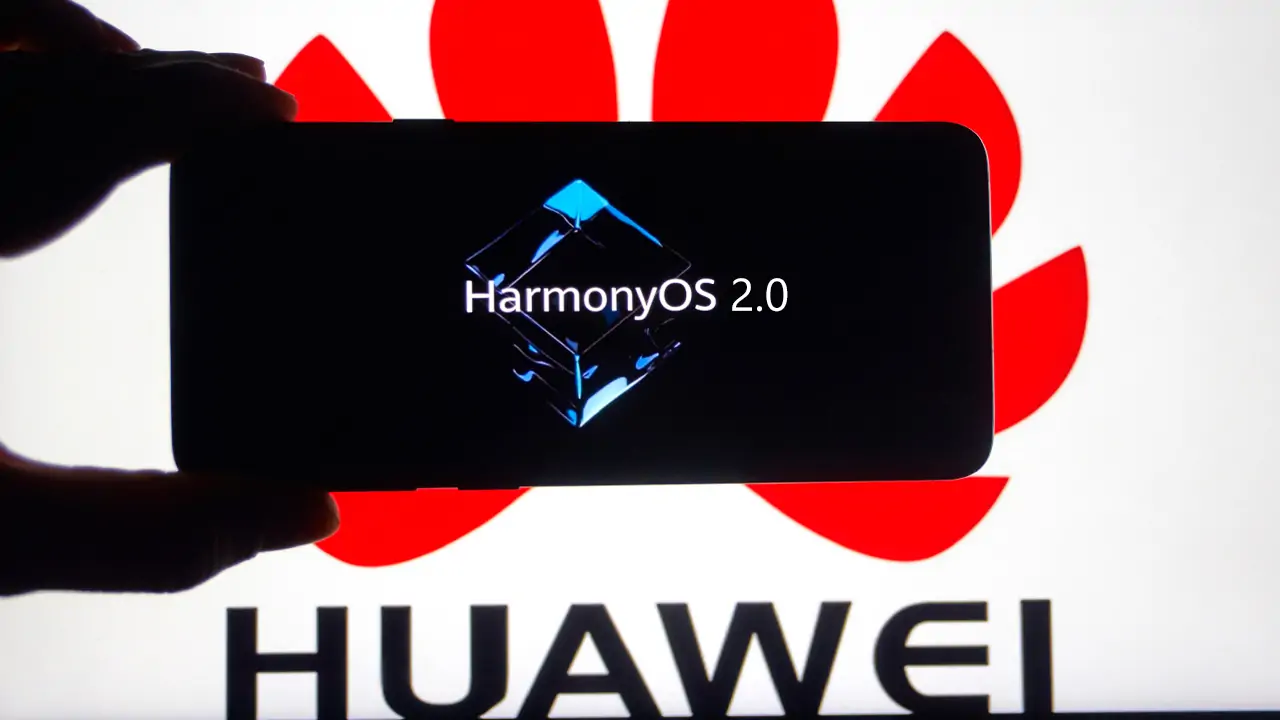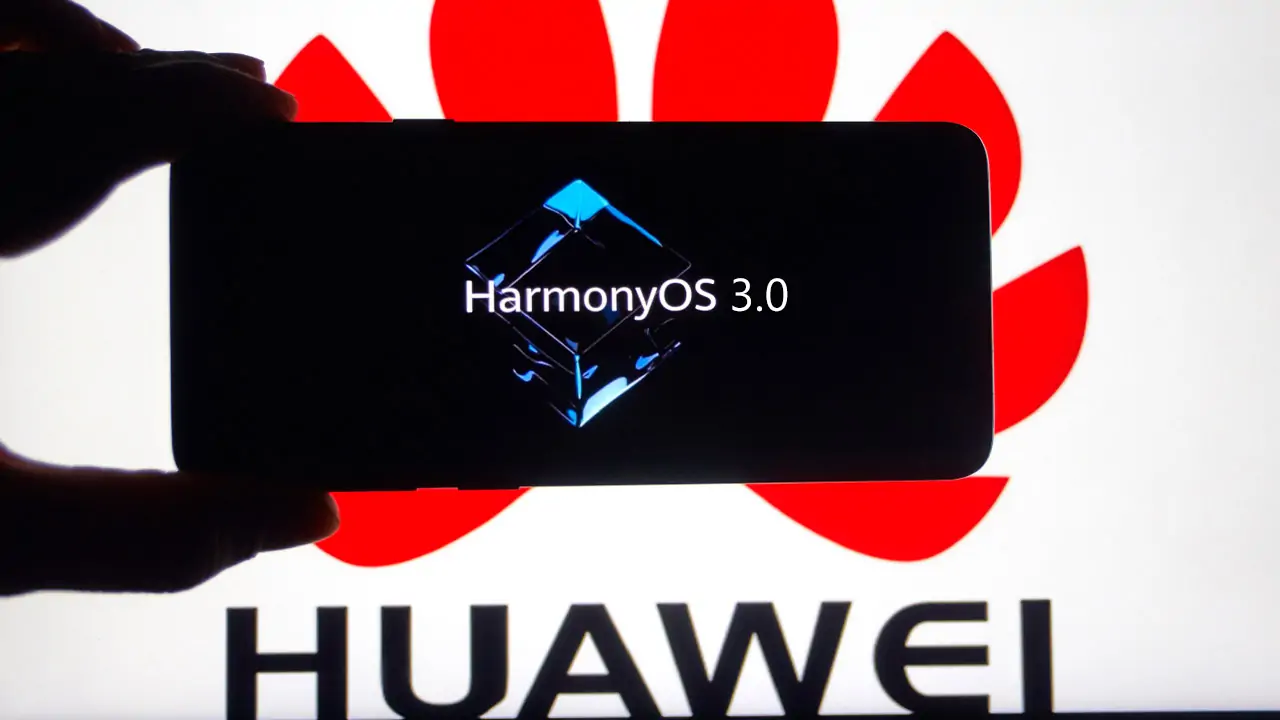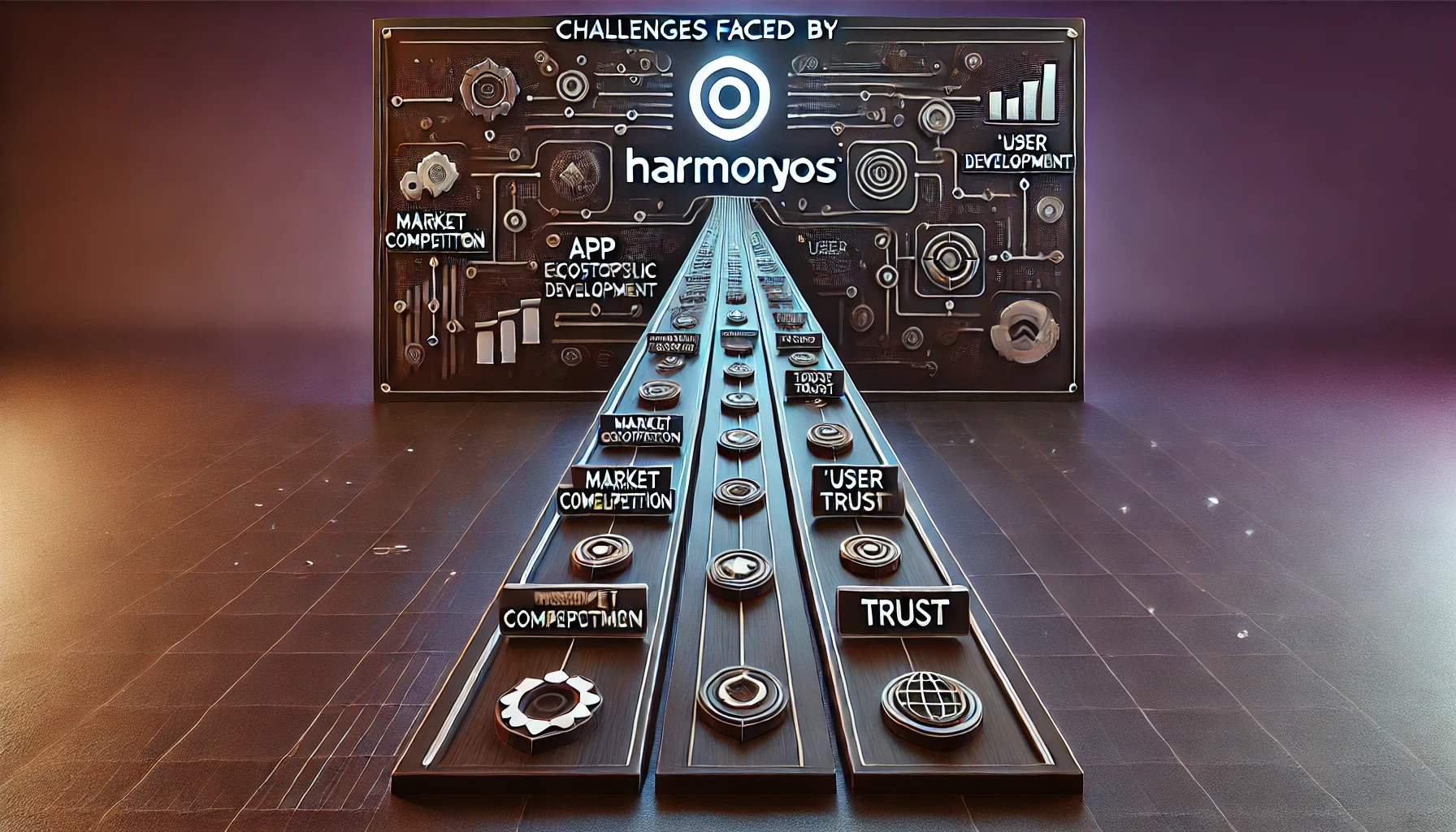HarmonyOS is an innovative operating system developed by Huawei, designed to offer a seamless and unified user experience across various devices, including smartphones, tablets, wearables, and smart home devices. HarmonyOS emphasizes a microkernel architecture, which enhances security, performance, and flexibility. In the rapidly evolving tech landscape, HarmonyOS is a key player, offering a unique solution that meets the demands of an interconnected digital world.
Development and Background
HarmonyOS, developed by Huawei, was officially announced in August 2019. Huawei created this operating system to establish a versatile and unified platform that could function seamlessly across various devices, including smartphones, tablets, wearables, and the Internet of Things (IoT). The OS is built on a microkernel architecture, which enhances its security and performance.
Huawei aimed to reduce dependency on external platforms and create an ecosystem that supports smooth device interoperability. Since its release, HarmonyOS has been continuously evolving, with regular updates enhancing its capabilities and user experience and reassuring the audience about its future improvements.
Versions of HarmonyOS
HarmonyOS 1.0
HarmonyOS 1.0 was officially released in August 2019, marking Huawei’s entry into the operating system market. The initial version was designed for IoT devices, offering a lightweight and efficient platform capable of running on various hardware.
Key Features:
- Microkernel architecture for enhanced security
- Designed primarily for IoT devices
- Low latency and efficient performance
- Distributed capabilities for seamless device interaction
- Lightweight platform supporting diverse hardware
HarmonyOS 2.0
Released in September 2020, HarmonyOS 2.0 significantly expanded the platform’s capabilities. This version introduced support for a broader array of devices, including mobile phones and tablets, making it a more versatile OS.
Key Features:
- Extended support to cell phones and tablets
- Enhanced distributed capabilities for cross-device functionality
- Introduction of the HarmonyOS app framework
- Improved user interface and experience
- Stronger developer tools for cross-device application development
HarmonyOS 3.0
HarmonyOS 3.0 was released in 2022, bringing further refinements and features to the platform. This version focused on enhancing user experience with a more intuitive interface and better performance optimization. It also introduced new tools for developers, making it easier to create cross-device applications.
Key Features:
- Further optimized performance and user interface
- Advanced multi-device support and seamless connectivity
- Enhanced security measures with updated microkernel architecture
- New tools and features for developers
- Future expectations include increased AI and machine learning integration and broader adoption across smart devices.
Technical Architecture
Microkernel Design
HarmonyOS is built on a microkernel architecture, a key differentiator from many traditional operating systems. In a microkernel design, only the most essential core functions are included in the kernel, such as basic communication, scheduling, and security management. This minimalist approach enhances security by isolating critical services from other system components, reducing the risk of system-wide vulnerabilities.
The microkernel architecture offers better stability and flexibility, allowing for easier updates and modifications without impacting the entire system. This design also contributes to the system’s efficiency, as it requires fewer resources, making HarmonyOS well-suited for a wide range of devices, from IoT gadgets to complex smartphones.
Distributed Capabilities
HarmonyOS’s distributed capabilities are another significant feature that sets it apart from other operating systems. These capabilities allow the OS to manage and coordinate multiple devices within a single ecosystem, enabling them to work together seamlessly. For example, a user can start a task on one device and continue it on another without interruption. This is achieved through a distributed soft bus, which facilitates communication and resource sharing among devices, regardless of their hardware or form factor. The result is a highly integrated and cohesive user experience where different devices can operate as one unified system. This approach enhances convenience and opens up new possibilities for innovative applications and services across various platforms.
HarmonyOS in Action
Supported Devices
HarmonyOS is designed to operate across various devices, creating a cohesive and interconnected ecosystem. Currently, it supports various Huawei devices, including:
- Smartphones and Tablets: HarmonyOS is available on Huawei’s flagship smartphones and tablets, providing a seamless and fluid experience.
- Wearables: Smartwatches and fitness bands benefit from the OS’s low-latency and energy-efficient features.
- Smart TVs: HarmonyOS powers Huawei’s smart TVs, offering users a unified interface for accessing content and apps.
- Smart Home Devices: The OS extends to smart home products, enabling integrated control and automation through a centralized interface.
- IoT Devices: HarmonyOS’s flexibility allows it to run on various devices, including appliances, sensors, and other gadgets.
App Ecosystem
The app ecosystem for HarmonyOS is expanding, with a growing number of applications becoming available to users. Huawei has provided developers with tools and frameworks to create apps running seamlessly across different device types, ensuring compatibility and a consistent user experience. The HarmonyOS app store includes a variety of apps, ranging from productivity tools to entertainment and lifestyle applications.
Huawei’s investment in building a robust developer community has led to increasing apps designed to leverage HarmonyOS’s unique features, such as its distributed architecture and cross-device functionality. This growing app ecosystem enhances HarmonyOS’s overall value, providing users a wide range of options to meet their needs.
Security and Privacy
Security Features
HarmonyOS incorporates various advanced security features designed to protect users and their data. One key component is its microkernel architecture, which isolates critical system services, reducing the attack surface and potential vulnerabilities. The OS also includes built-in security mechanisms such as the Trusted Execution Environment (TEE), secure boot, and encrypted data storage.
These features ensure that sensitive data is protected and the system’s integrity is maintained. HarmonyOS employs a robust permission management system, allowing users to control app access to personal data and device functions, further enhancing security. Regular updates and security patches are also part of the OS’s strategy to protect against emerging threats.
Privacy Policies
HarmonyOS is designed with a strong emphasis on user privacy. The OS includes comprehensive privacy policies governing user data collection, processing, and storage. Huawei has implemented strict data protection measures, including data minimization, where only essential data is collected and stored for the minimum necessary period.
Users are provided clear and transparent options to manage their privacy settings, including controlling permissions for apps and services. HarmonyOS also ensures that data processing complies with global privacy standards and regulations. The OS does not share user data with third parties without explicit consent, and it includes features that allow users to review and delete their data, ensuring greater control over personal information.
Benefits for Developers
Development Environment
HarmonyOS offers a robust development environment with a comprehensive suite of tools and resources to support developers. Huawei provides the HarmonyOS DevEco Studio, an integrated development environment (IDE) that simplifies the process of building, testing, and deploying applications.
The IDE includes features like code editing, debugging, and performance analysis tailored to the needs of HarmonyOS developers. Extensive documentation, tutorials, and sample projects are available to help developers get started quickly. Huawei also supports various programming languages and frameworks, including Java, C/C++, and JavaScript, making it accessible to a diverse developer community.
Cross-Platform Integration
One of HarmonyOS’s standout features is its ability to facilitate cross-platform development. The OS is designed to work across various device types, from mobile phones and tablets to wearables and IoT devices. The HarmonyOS cross-device development framework enables developers to create applications that can seamlessly transition and function across different hardware.
The distributed architecture of HarmonyOS ensures that apps can share data and resources efficiently, providing a consistent user experience across all supported devices. This cross-platform capability reduces development time and effort and opens up new opportunities for innovative multi-device applications.
Monetization Opportunities
HarmonyOS provides developers with multiple monetization opportunities within its ecosystem. The Huawei AppGallery, the official app store for HarmonyOS, offers a platform for developers to distribute and monetize their apps. Developers can benefit from various monetization models, including in-app purchases, subscriptions, and advertisements.
Huawei also supports global distribution, allowing developers to reach a wide audience across different markets. Additionally, the growing adoption of HarmonyOS creates opportunities for niche apps tailored to specific devices or user needs, potentially leading to lucrative market segments. Huawei’s support for developer communities and regular events also helps developers stay updated on the latest trends and opportunities in the ecosystem.
Challenges Faced by HarmonyOS
- Competition with Established OSs: HarmonyOS faces significant competition from well-established operating systems like Android and iOS, which dominate the global market and have a strong user base.
- App Ecosystem Maturity: Building a mature and extensive app ecosystem is challenging, as developers may hesitate to invest in a new platform without a large user base or proven track record.
- Consumer Perception and Adoption: Gaining consumer trust and encouraging adoption can be difficult, especially in markets where Huawei’s brand perception has been affected by geopolitical issues.
- Global Regulatory Hurdles: Expanding the HarmonyOS ecosystem globally can be challenging because of various countries’ regulatory environments and compliance requirements.
- Hardware Ecosystem Integration: Ensuring seamless integration and support across various hardware devices, especially non-Huawei products, presents technical and logistical challenges.
Differences from Android and iOS
HarmonyOS distinguishes itself from popular operating systems like Android and iOS through its unique features and architecture. Unlike Android and iOS, which are primarily designed for specific device categories, HarmonyOS adopts a distributed architecture that allows it to run efficiently on various devices. This architecture enables seamless interaction between different hardware, offering a unified experience across multiple screens.
HarmonyOS emphasizes security with its microkernel design, which isolates critical services from the rest of the system. This contrasts with the monolithic kernels of Android and iOS, where all services run together, potentially increasing vulnerability. These differences position HarmonyOS as a flexible and secure alternative in the OS landscape.
Conclusion
HarmonyOS represents a bold step by Huawei into the competitive OS market. It offers a unique microkernel architecture, robust security features, and a versatile platform that supports a wide range of devices. The OS’s distributed capabilities and expanding app ecosystem highlight its potential to create a seamless user experience across multiple devices. Readers are encouraged to share their thoughts and experiences with HarmonyOS as it evolves, helping shape its future and the broader tech landscape.
